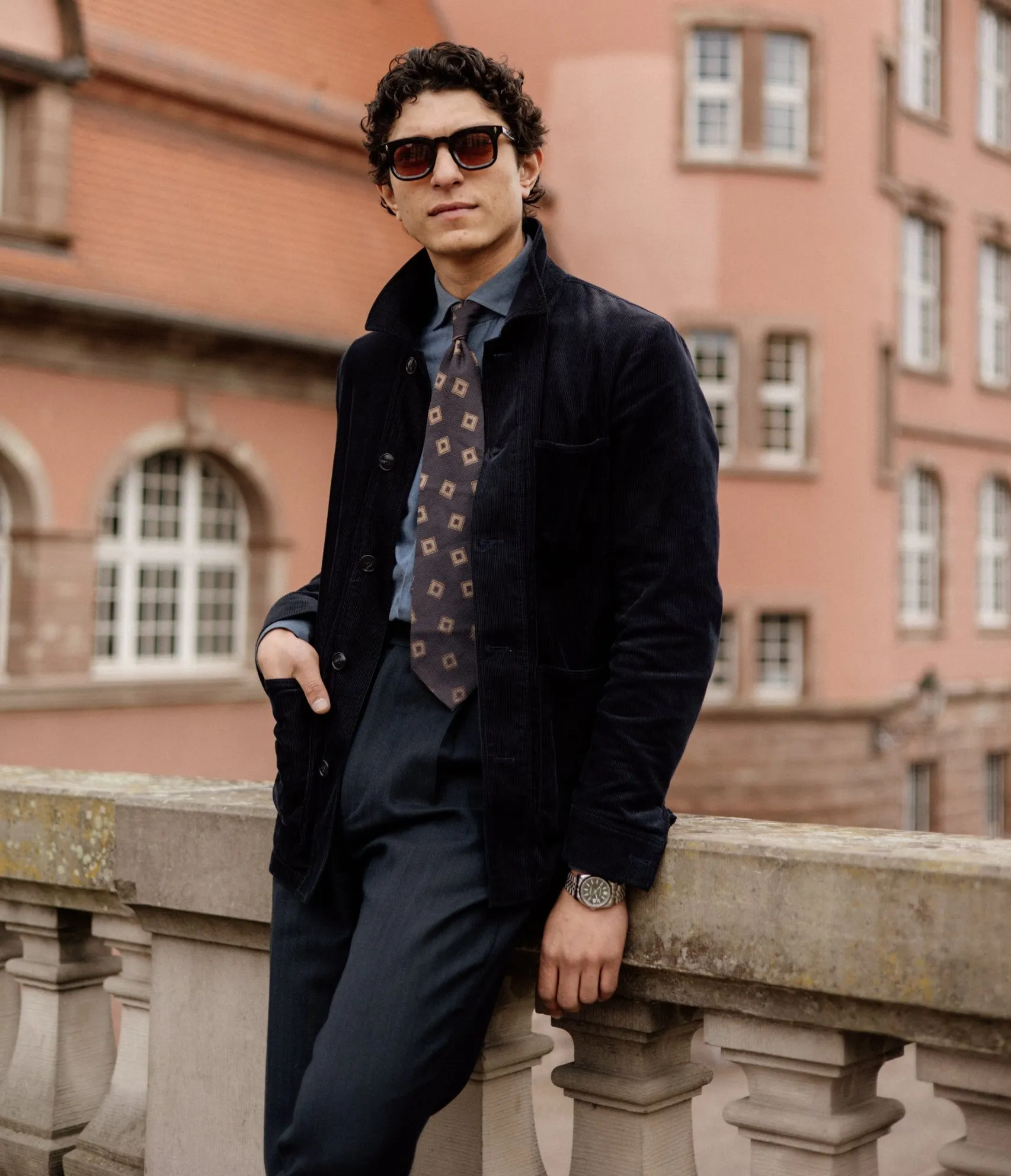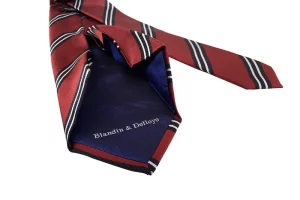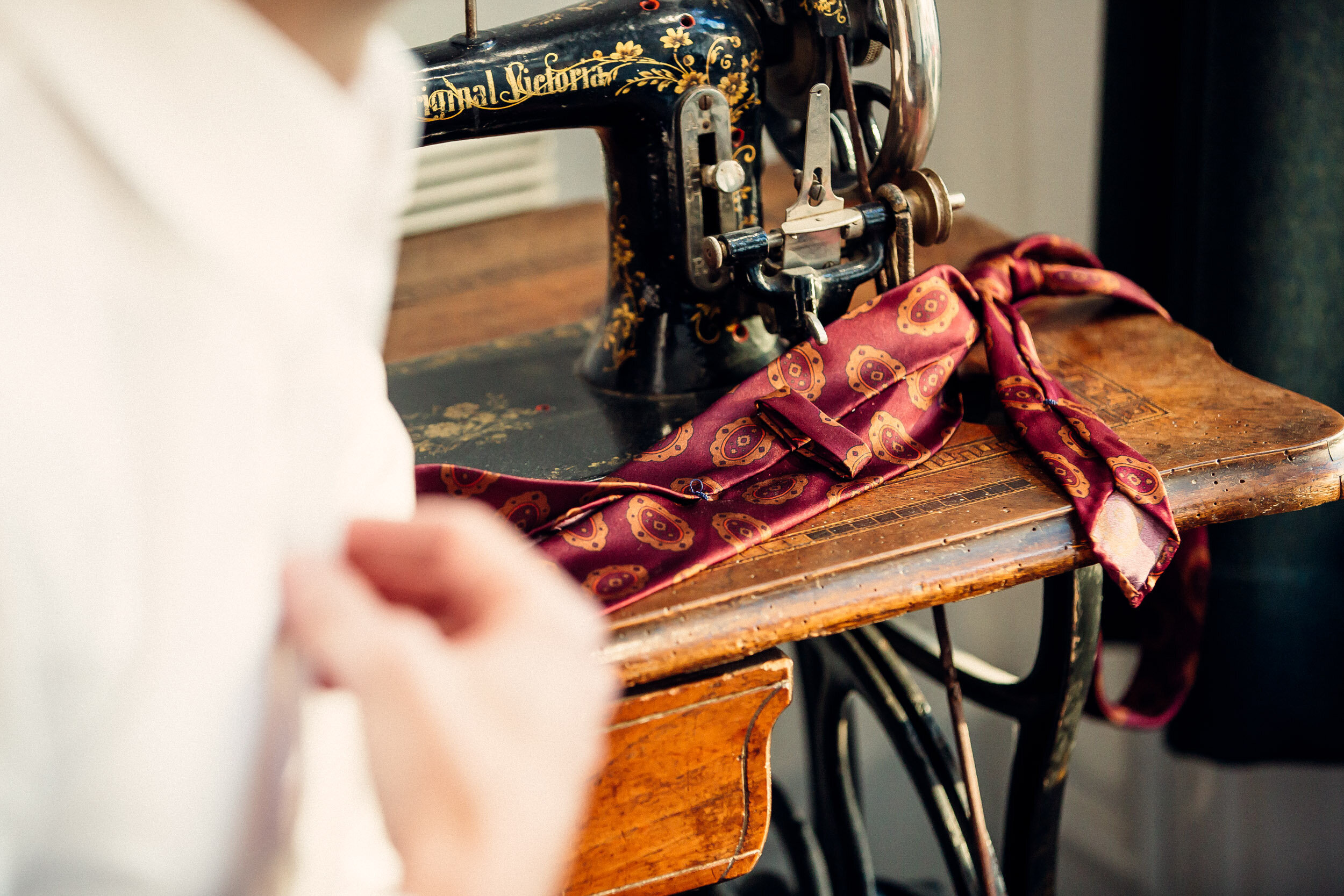

Where does the tie come from?
It’s a question we French should all know how to answer.
After all, the tie is a French-born accessory.
Without going into pompous historical details, just remember that cravats were invented by a regiment of Croatian hussars recruited by King Louis XIII’s army during the Thirty Years’ War (1618 – 1648).
In Croatia, it was traditional for warriors to carry a scarf with them, as a symbol of marital fidelity and a reminder of their families back home.
In 1633, Cardinal de Richelieu, forced to recognize that these Croatian warriors had many qualities on the battlefield, recommended that they be recruited into the French armies. This proved to be a wise decision, as the Croatian hussars fought for France until their regiment was disbanded during the French Revolution.
During the Thirty Years’ War, Croatian hussars distinguished themselves by their courage and fighting spirit, receiving honors from King Louis XIV, who named their regiment “Royal Cravate” in 1666.
The Croatian scarf was quickly adopted by the French aristocracy, before going international in the UK (the elegant Charles II, King of England, was one of the first Englishmen to wear one).
Today, the tie is accepted worldwide as a fundamental element of the suit.
How is the tie worn today?
As well as the traditional silk tie, today’s ties are also worn in materials such as wool.
We’re also seeing (to my great delight) the return of the so-called “crochet tie”, which is made from silk knitwear and, in my opinion, is the perfect way to dress a man. But this revival of a tie that has been “has-been” since the mid-80s has come at the price of a re-dimensioning: the original cut of these ties has been abandoned to better meet today’s standards, and has therefore been lengthened (traditionally it hardly reached your navel).
As for “traditional” ties, there have been no major changes in recent years: the breakthrough of slim ties has run out of steam, and we now prefer hybrid models between slim and wide (wide ties look more like a bib than an elegant tie…).
As for patterns, it’s always been in bad taste to wear printed models. Today, we prefer plain, club or pitch patterns. But in the end, as always when it comes to style, anything goes, as long as you’re comfortable wearing it (NDR: I do, however, maintain my veto on printed models, a fortiori if they’re too fancy).
And what about you? How do you wear your “Royal Cravate”?


